Maya Page
User Experience Designer
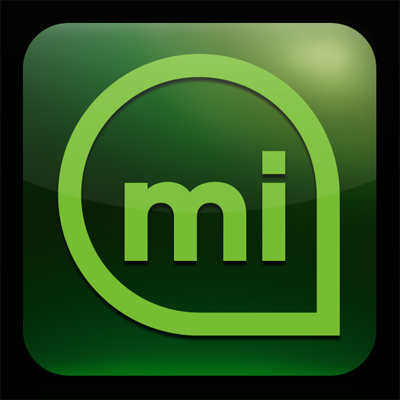
User interface for Adidas miCoach Mobile app
Primary design concentration:
Design, Writing, Publishing
Most preferred tools for designing:
Keynote, Omnigraffle, Good old pen and paper
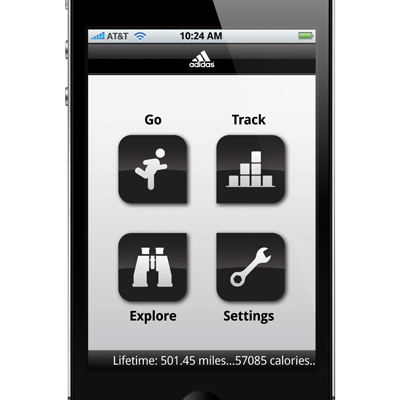
User interface for Adidas miCoach Mobile app
How and why did you choose to become a designer?
I have always loved both creative and technical endeavors equally. When it was time to go to college, I was so reluctant to choose science over art or vice versa. At Stanford, I discovered “Product Design” (PD) practically by mistake (or happy destiny). I ended up taking ME 101—the hallmark course for PD and Mechanical Engineering (ME) students—and was ushered into the rest of my life wholeheartedly. Stanford Product Design and its pedagogy of design thinking truly changed my life, and equipped me with problem-solving skills that I have applied to every project and job since. I am relieved and happy to preserve both art and tech in my life.
What are some of the challenges you encounter as a designer and how do you deal with them?
My challenges tend to present themselves in the murky shadows between design and business. There is no cut-and-dry solution when designing new digital tools/apps/interfaces that can augment or hinder a business on a dramatic (and usually monetary) scale. Although I usually begin with my own design opinion, it is vital to prototype quickly, always always test with users, iterate wildly, and converse with business stakeholders to find the well-lit path forward.
What is your definition of an “elegant solution,” that is, good design?
A good design is astonishingly simple. The simplicity often masks a messy design process, or complex manufacturing system, or some other dramatic feat. Nonetheless, in the end, all users and observers can stand back and admire the resulting simplicity. A good design must also preserve and celebrate the very soul of the product.
From skills to values, what makes a designer successful?
Successful designers have a natural creative/artistic “eye”, an incredibly hard work ethic, and can listen and react to criticism well. The best UX designers champion the end-user above all, yet also understand the implications of brand and business.
How do you stay motivated and grow personally and professionally as a designer?
I’ve considered each job that I’ve had as another chapter in my lifelong education. I’m not sure what it all looks like in the end, but I know that each one of my chapters has taught me something invaluable. There is an overall pattern in my career but I’ve also done very different tasks—and therefore learned different things—within each chapter. To stay motivated, my brain and body need almost-daily running and/or yoga, good sleep, healthful food, and dedicated time with good friends and family. I like to go to one or two conferences a year (Eyeo festival and SXSW last year) and stay connected with professional friends/colleagues from my previous chapters at IDEO and Adidas.
For those aspiring to become a designer, whatever the discipline, what is your advice?
Whatever your discipline, my advice is to achieve depth in your field, but also remain sharp with writing, public speaking, and business affinity. Spend time with design/business people that you respect, such as professors or older designers or principals at your firm.
Observe their patterns and see which attributes you can incorporate. Stay healthy and avoid the cliché of the overworked, unhealthy, and cranky designer. Be excellent.
What is your quest in design, from a professional practice, education or evolution standpoint?
My design quest is to build digital products/services that create valuable, delightful and purposeful experiences for the people using them. I hope that my work somehow, even in small ways, can help to ameliorate the human condition.
Previous: Jessica Karle Heltzel | Next: Missy Austin
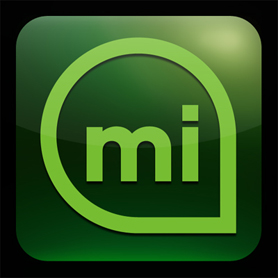
Support Design Feast via Patreon
This self-made project and its related efforts constitute a gracious obsession. The intention is to give a wholehearted and timely serving—as much as possible—of creative culture. If you gain a level of motivation, knowledge, even delight, from the hundreds of interviews plus write-ups here at Design Feast, and are able to contribute, please become a Patron with a recurring monthly donation. Thank you for your consideration!
Stay healthy and keep creating throughout the year!
Wishing you much success,
Nate Burgos, Content Creator & Publisher
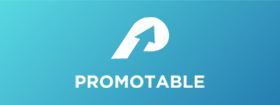
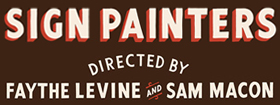
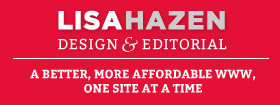
Comments
There are no comments yet.
Leave Your Comment